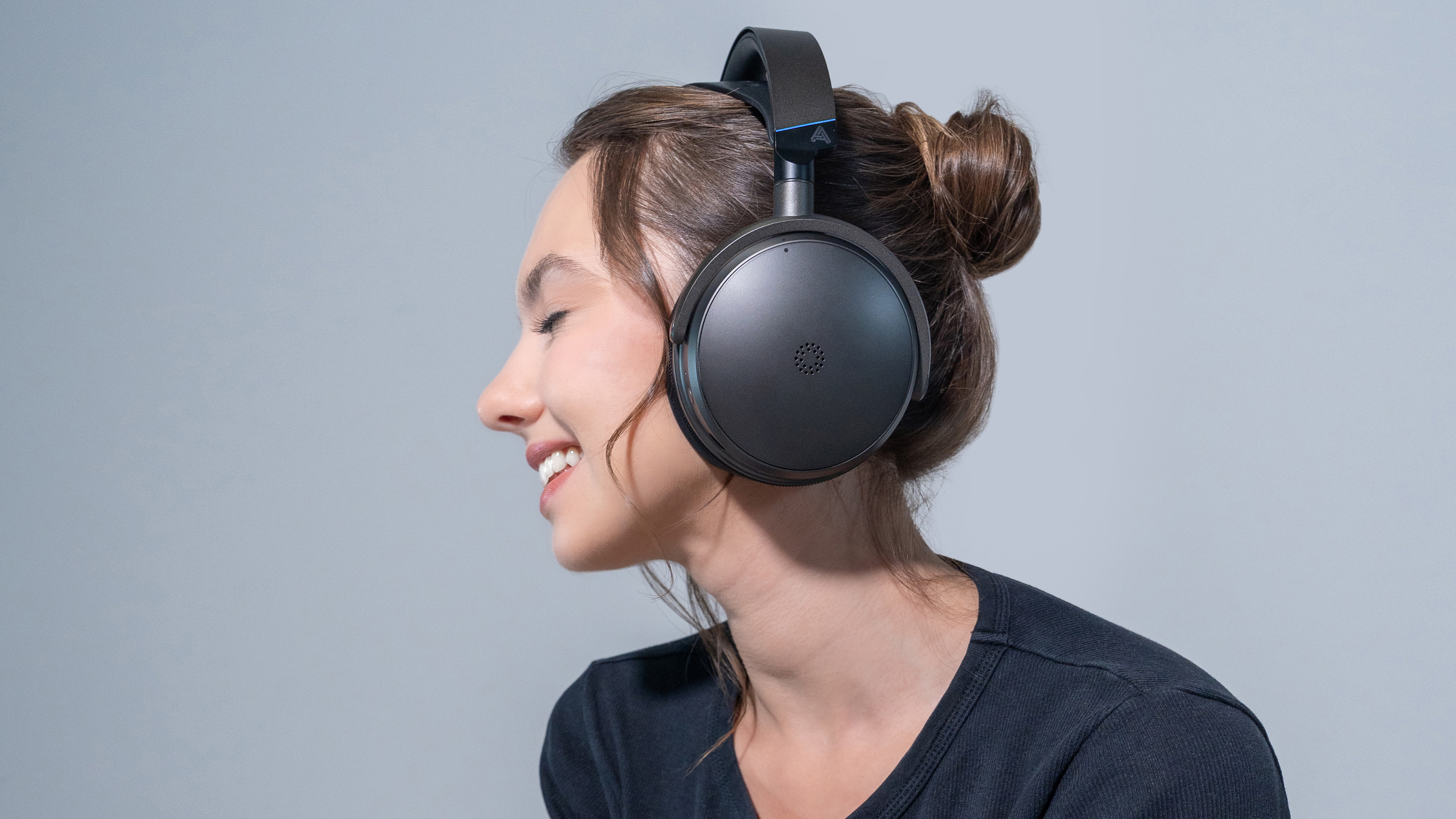Google's new 'hybrid' Wear OS will enhance other watches besides the OnePlus Watch 2
Google announced a new Wear OS hybrid interface that powers the OnePlus Watch 2's 100-hour battery life.

What you need to know
- Google has announced "fundamental design changes" to Wear OS 4 to improve its battery life longevity.
- Specific to the new OnePlus Watch 2 (for now), the hybrid Wear OS optimizes the watch's "dual-chip architecture" to help it hit 100 hours per charge.
- Google's method "intelligently switches" between the processor and low-power co-processor and could theoretically work with other Wear OS watches.
Wear OS watches are about to get a major battery boost, thanks to software changes behind the scenes for a new "Wear OS hybrid interface."
The OnePlus Watch 2, launched at MWC 2024 on Monday, created a stir among enthusiasts thanks to its epic 100-hour battery life. Now, Google is taking partial credit for this longevity.
In a blog post, Google explained how its new Wear OS system better prioritizes tasks between watches' main application processor (AP) and co-processor microcontroller unit (MCU), making them "work better in tandem."
The new Wear OS hybrid interface "intelligently switches between the MCU or the AP, allowing the AP to be suspended and preserving battery life" with a "seamless transition between these states," Google explains.
With this system in place, the low-power MCU can handle tasks like reading and dismissing notifications, quick replies, remote camera control, health sensor data, watch face format rendering, or audio processing.
Essentially, unless you're actively opening a Wear OS app, typing on the built-in keyboard, or performing other heavy-duty tasks, the main smartwatch processor should remain dormant most of the time, preserving the watch's battery.
How this will impact other Wear OS watches
We asked Google whether the Wear OS 4 hybrid software will retroactively make other Android watches last longer. We didn't get a clear answer, but we can strongly infer that we'll see a battery boost across the board.
Get the latest news from Android Central, your trusted companion in the world of Android
"The implementation of the low power system is owned by OEMs," a Google rep told us, but "Google invested to make the full stack between Wear OS and OEM's low power system coordinated. OEMs implement different portions of the hybrid interface depending on their devices' capabilities and their power management strategy."
In plainer language, Google gave each OEM a playbook of hybrid features that should work for any watch, with no special treatment. But it's up to the specific brand to adapt them to their own UI and silicon.
The Google rep told us that "the most widely adopted portion of the hybrid interface" is that most Wear OS watches now continuously sample heart rate and steps using the MCU instead of the main processor. The second most popular function is using the MCU to render and update the watch face.

Why wouldn't OEMs use every possible hybrid feature? Because it depends on how powerful the watch's dual-chip architecture is.
For context, the OnePlus Watch 2 has the same Snapdragon W5 chip as the Pixel Watch 2 and TicWatch Pro 5, but it uses a "BES 2700 MCU Efficiency" co-processor. Google and Mobvoi use a Cortex M33 and M55 co-processor, respectively, and these MCUs may not have the same ability to handle certain tasks as OnePlus' MCU.
Still, in theory, this new Wear OS hybrid system should make more tasks fall into any MCU's umbrella of duties, which would retroactively make the Pixel Watch 2 last longer. If not, perhaps the Pixel Watch 3 could add a better MCU to enable this.
As for Samsung, the Galaxy Watch 6 uses the Exynos W930 chipset with its dual Cortex-A55 cores, both clocked at 1.4GHz. As far as we know, Samsung doesn't use the same co-processor system, meaning it theoretically can't benefit from this hybrid software.
We're excited to see how this system will improve the state of Wear OS watches over time. If more Android watches can last multiple days per charge, that will make the overall experience much better.

Michael is Android Central's resident expert on wearables and fitness. Before joining Android Central, he freelanced for years at Techradar, Wareable, Windows Central, and Digital Trends. Channeling his love of running, he established himself as an expert on fitness watches, testing and reviewing models from Garmin, Fitbit, Samsung, Apple, COROS, Polar, Amazfit, Suunto, and more.
You must confirm your public display name before commenting
Please logout and then login again, you will then be prompted to enter your display name.
